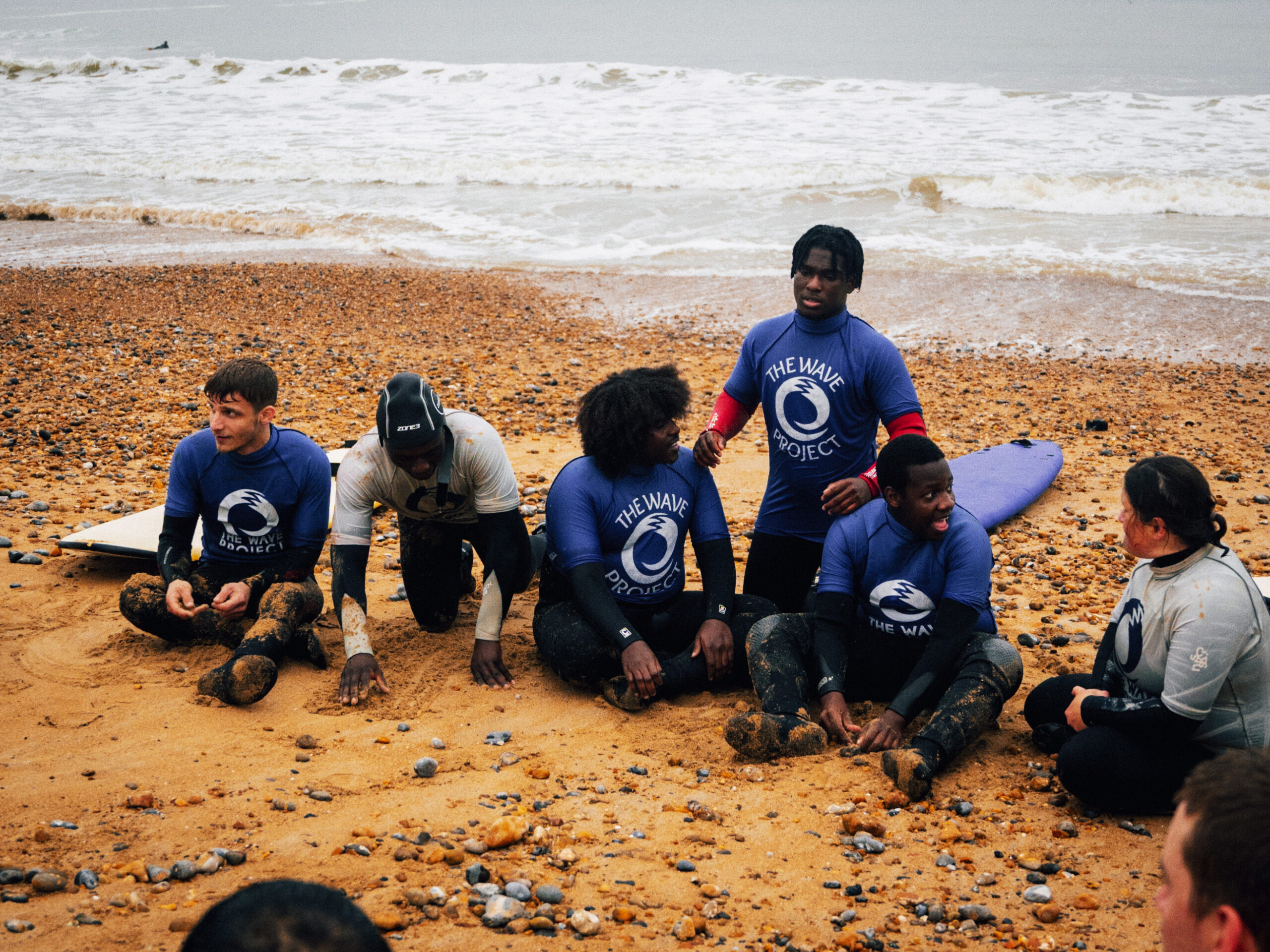- London 2012 funder’s new blueprint for growing evaluation movement using HM Treasury approach to monetising wellbeing improvements
- New ‘Spectrum of measurement’ developed to support funders
A new report from think tank PBE reveals how funders can use wellbeing measurement to understand the true value of social impact programmes and offers a blueprint for those looking to make data-led funding decisions without overburdening grantees.
The report explores the Olympics and Paralympics legacy funder’s pioneering use of personal wellbeing data to assess the impact of its funded programmes and how this approach was used to calculate value for money and cost effectiveness.
PBE’s analysis focuses on three programmes funded by Spirit of 2012:
- EmpowHER – a UK Youth initiative empowering young women through social action, in partnership with the British Red Cross and Young Women’s Trust.
- Get Out Get Active (GOGA) – led by Activity Alliance, supporting disabled and non-disabled people to be active together.
- City to Sea – a surf therapy project by Laureus and The Wave Project supporting young Londoners with complex mental and physical health needs.
Using HM Treasury’s wellbeing valuation approach, PBE economists found that:
- EmpowHER delivered around £5 in wellbeing benefits for every £1 spent.
- GOGA delivered around £3.70 in wellbeing benefits per £1 spent.
- City to Sea delivered an improvement in wellbeing. Only a small proportion would need to be due to the programme for the benefits to outweigh its cost.
PBE economists applied the HM Treasury guidance on measuring the amount of a wellbeing gained from each intervention. According to the guidance, a one-point improvement in the ONS Life Satisfaction measure sustained for a year is considered a Wellbeing Adjusted Life Year (WELLBY) valued at £15,900 in today’s money. The value of a one-WELLBY improvement does not represent a direct financial gain. Instead, it serves as a measure of how much an improvement on the life satisfaction scale is valued for use in government analysis.
The funder’s balancing act
The report highlights how funders shape what data is collected across the social sector, but also how that power must be used carefully. Asking for impact data can unintentionally create pressure on grantees and on the people those charities are aiming to support. The report outlines a spectrum of measurement, from light-touch, trust-based approaches to more intensive, evidence-driven models.
Spirit of 2012’s experience highlights how funders can move toward the ‘measurement-focused’ end of this spectrum without overwhelming their grantees. Key to this was:
- Using standardised, meaningful tools like ONS life satisfaction questions
- Supporting grantees with measurement expertise
- Embedding learning, not just reporting, into programme delivery
- Estimating what could have happened without an intervention, to build stronger evidence
Ruth Hollis, CEO at Spirit of 2012, said:
“We wanted to measure what really matters to the people we support. Using simple wellbeing tools helped us build a deeper understanding of impact while staying focused on people, not process. This report shares the lessons we’ve learned so that others can do the same.“
Jon Franklin, Chief Economist at PBE, said:
“Funders can use wellbeing measurement for robust, insightful and proportionate impact measurement. PBE’s report adds to a growing credible evaluation movement whereby more and more funders and social sector organisations are applying monetary value to increases in wellbeing to assess policies and interventions. With practical tools, considered support, and a focus on measuring people’s lived experience, funders and policymakers can make smarter investment decisions that are evidence-based and impact-focused.“
